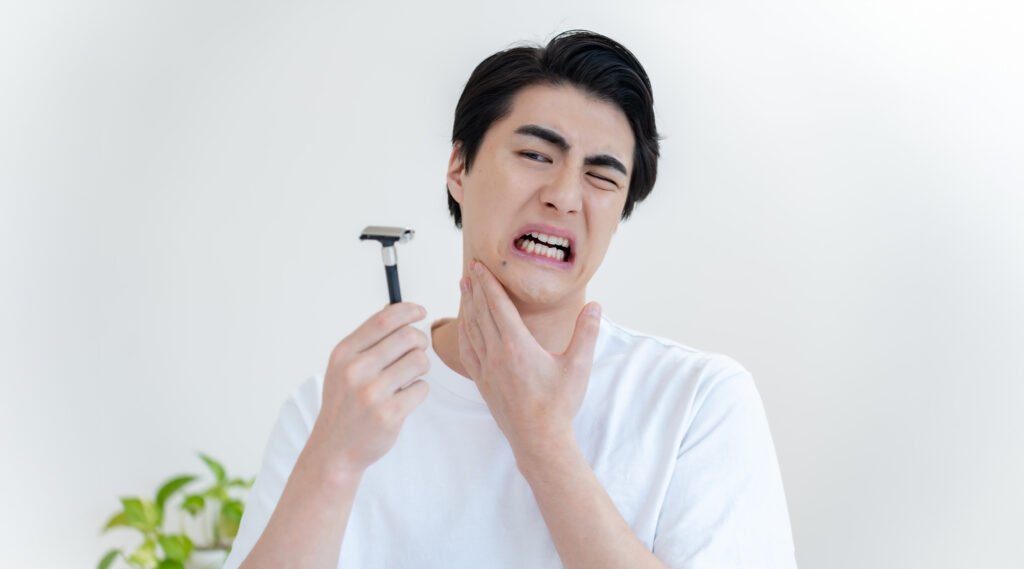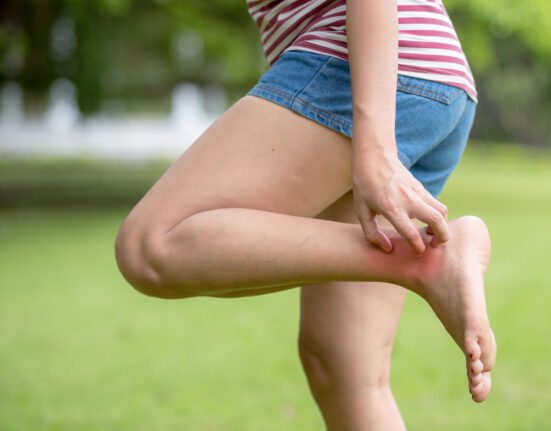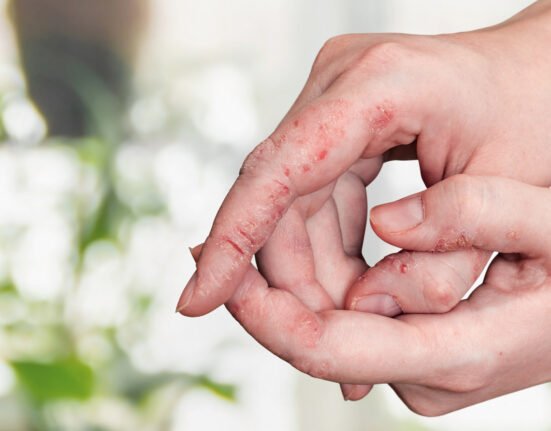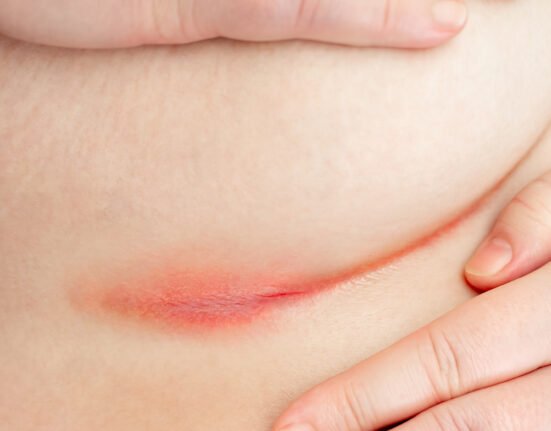For many women, shaving is part of their self-care routine. It makes the skin smoother and cleaner, especially on the legs, underarms, and bikini. But did you know? If done incorrectly, shaving can irritate the skin or even lead to infection.
The most common shaving problems aren’t just minor nicks or cuts. There’s also something called razor burn. It’s not an actual burn, but skin irritation that shows up as a red, itchy, or stinging rash, usually in freshly shaved areas.
What Causes Razor Burn?

When you shave, the razor blade can create tiny micro-cuts on the top layer of your skin. That’s where trouble can start. Your skin becomes more sensitive and prone to irritation. Several factors can increase the risk of razor burn, including:
- shaving dry skin without water or shaving cream;
- rushing through the shaving process;
- using a dull or old razor;
- shaving against the direction of hair growth;
- having sensitive skin or reacting to certain products.
From Mild Irritation to Serious Infection
If your skin often gets irritated after shaving, be cautious. Tiny cuts can let bacteria enter the hair follicles, leading to folliculitis—a mild infection that looks like small pimples with red halos around them. It usually feels itchy or sore.
Folliculitis is sometimes called “razor burn” or “shaving bumps.” But if left untreated, it can develop into cellulitis, a more serious infection that spreads deeper into the skin tissue. This can be dangerous, especially for people with compromised immune systems, like those with uncontrolled diabetes, HIV/AIDS, or kidney and liver disease.
Tips for Safe Shaving
To keep your shaving routine safe and avoid irritation or infection, follow these steps:
Before Shaving
Wet your skin and hair with warm water. The best time to shave is after a shower, when your skin is soft and your pores are open. Don’t forget to apply shaving cream or gel to help protect your skin.
While Shaving
Always shave in the direction of hair growth. Use a clean, sharp razor, and avoid pressing too hard. Rinse the blade after each stroke to prevent the buildup of hair and cream.
After Shaving
Rinse your skin with cold water to help close the pores, then apply a moisturizer to keep it soft and hydrated. Regular exfoliation can help prevent ingrown hairs in areas like the underarms and bikini line.
Shaving Mistakes to Avoid
Some habits may seem harmless, but can cause skin problems:
- Storing razors in the bathroom (a humid environment = a breeding ground for bacteria!).
- Shaving over pimples or inflamed skin.
- Using regular soap instead of shaving cream (soap doesn’t provide enough protection).
- Shaving dry skin without any lubrication.
- Sharing razors with others (risk of spreading infections!).
- Repeatedly shaving the same spot without reapplying shaving cream.
Shaving can help you look more polished, but don’t let it lead to skin trouble. Use the right techniques, clean and sharp tools, and take good care of your skin before and after you shave. Healthy skin isn’t just about how it looks—it’s about how you care for it every day.
If you frequently experience irritation or infections after shaving, don’t hesitate to consult a dermatologist.
References
Dermatology. Accessed in 2025. Using Proper Shaving Methods To Avoid Irritation And Infection
WebMD. Accessed in 2025. Remedies Relieve Razor Burn.














Leave feedback about this